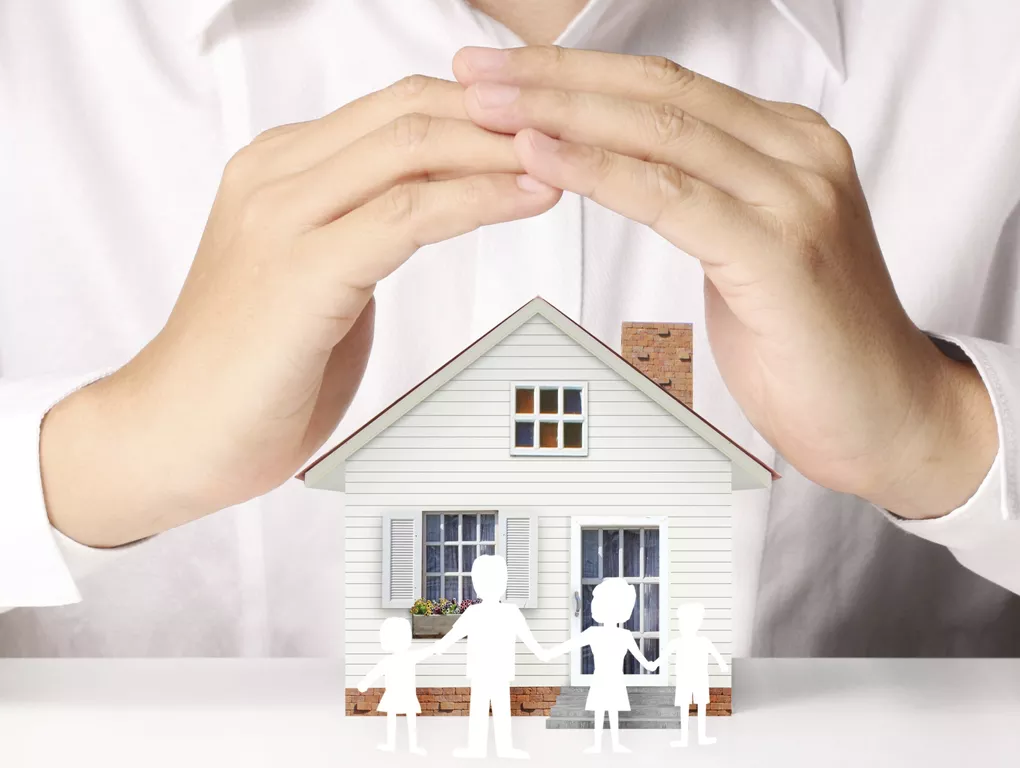Homeowners insurance premiums are rising, and many policyholders are left wondering why. Understanding the factors behind these increases can help homeowners make informed decisions about their coverage and manage their expenses. This article delves into the key reasons why homeowners insurance costs are increasing, with clear and concise explanations.
Factors Driving Up Homeowners Insurance Premiums
1. Increased Frequency and Severity of Natural Disasters
Climate Change Impact
Climate change has led to more frequent and severe natural disasters, including hurricanes, wildfires, floods, and tornadoes. These events cause significant damage to homes, leading to higher insurance claims.
Higher Claim Payouts
Insurance companies face increased claim payouts due to the growing number and intensity of natural disasters. To cover these costs, they raise premiums for all policyholders.
2. Rising Construction Costs
Material Price Increases
The cost of building materials has been rising steadily. Factors such as supply chain disruptions, increased demand, and tariffs have contributed to higher prices for materials like lumber, steel, and concrete.
Labor Shortages
Labor shortages in the construction industry have also driven up costs. With fewer workers available, wages have increased, adding to the overall cost of repairs and rebuilding.
3. Higher Rebuilding Costs
Advanced Building Standards
Modern building standards and codes require homes to be rebuilt to higher specifications. While these standards improve safety and resilience, they also increase rebuilding costs.
Technological Advancements
Technological advancements in building materials and techniques can make homes more expensive to repair or rebuild. Insurance companies adjust premiums to account for these higher costs.
4. Increased Claim Frequency
More Claims Filed
There has been an increase in the frequency of claims filed by homeowners. Factors such as increased awareness of coverage options and lower deductibles contribute to more claims being submitted.
Fraudulent Claims
Fraudulent claims also play a role in driving up insurance costs. Insurance companies implement measures to detect and prevent fraud, but these efforts come with additional expenses.
5. Aging Housing Stock
Older Homes at Higher Risk
Older homes are more susceptible to damage from wear and tear, outdated construction methods, and lack of maintenance. These homes often require more repairs, leading to higher claims.
Renovation and Replacement Costs
Renovating or replacing outdated systems and structures in older homes can be costly. Insurance premiums reflect these higher potential expenses.
6. Economic Inflation
General Price Increases
Economic inflation affects the cost of goods and services, including those related to home repairs and construction. As prices rise, so do the costs for insurance companies to settle claims.
Increased Operational Costs
Insurance companies face increased operational costs due to inflation. This includes higher expenses for salaries, technology, and administrative functions, which are passed on to policyholders.
7. Reinsurance Costs
Higher Reinsurance Premiums
Insurance companies purchase reinsurance to protect themselves from large losses. Reinsurance premiums have increased due to the higher frequency and severity of natural disasters and other risks.
Cost-Sharing with Policyholders
To manage the higher reinsurance costs, primary insurers pass on a portion of these expenses to policyholders through increased premiums.
8. Legal and Regulatory Changes
Stricter Regulations
Changes in legal and regulatory requirements can impact insurance costs. Stricter building codes, environmental regulations, and consumer protection laws can increase the cost of providing insurance.
Increased Litigation
An increase in litigation and legal costs related to insurance claims also contributes to rising premiums. Legal fees and settlements add to the overall expenses for insurance companies.
see also:How Much Should I Expect to Pay for It?
FAQs
1. Why are homeowners insurance premiums increasing so rapidly?
Homeowners insurance premiums are rising due to factors such as increased frequency and severity of natural disasters, rising construction and rebuilding costs, higher claim frequency, aging housing stock, economic inflation, higher reinsurance costs, and legal and regulatory changes.
2. How does climate change affect homeowners insurance premiums?
Climate change leads to more frequent and severe natural disasters, which result in higher insurance claims. To cover these increased costs, insurance companies raise premiums for all policyholders.
3. Can I lower my homeowners insurance premium?
Yes, you can lower your premium by increasing your deductible, improving home security, bundling policies with the same insurer, maintaining a good credit score, and shopping around for better rates.
4. Are older homes more expensive to insure?
Yes, older homes are generally more expensive to insure due to their higher susceptibility to damage, outdated construction methods, and higher renovation and replacement costs.
5. What role does economic inflation play in increasing insurance premiums?
Economic inflation raises the cost of goods and services, including those related to home repairs and construction. Insurance companies face increased operational costs due to inflation, which are passed on to policyholders through higher premiums.
Conclusion
Understanding the factors driving up homeowners insurance premiums can help policyholders navigate the changing landscape. Increased natural disasters, rising construction costs, higher claim frequency, aging housing stock, economic inflation, reinsurance costs, and legal changes all contribute to the surging costs. By staying informed and exploring ways to manage expenses, homeowners can find the right balance between coverage and affordability. Regularly reviewing your policy, taking advantage of discounts, and maintaining a good credit score are essential steps in managing your homeowners insurance premiums effectively.




















